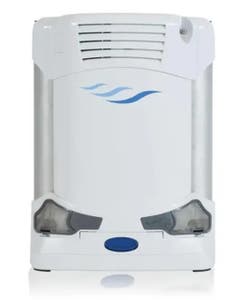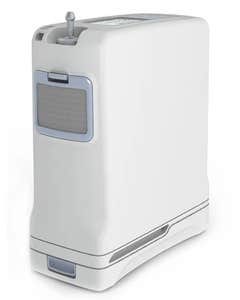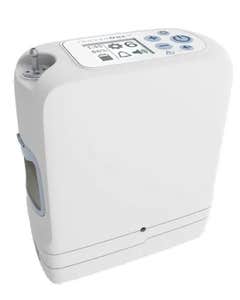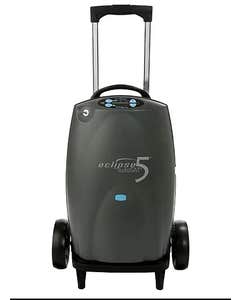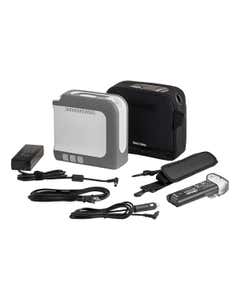A respiratory illness doesn’t mean a loss of freedom. Many patients with illnesses such as COPD and cystic fibrosis can continue their active lifestyles normally with the help of supplementary oxygen. That includes driving.
If You Are Driving With Oxygen Tank In The Car
Follow these tips for driving safely and legally with supplemental oxygen.
- Check with the Department of Motor Vehicles in your state. State laws vary when it comes to regulating supplemental oxygen use while driving. In most instances, you may need to submit a Customer Medical Report. This statement from your doctor attests to the fact that you can maintain an oxygen saturation level of 90% or higher while safely operating a motor vehicle.
- Store oxygen tanks securely either on the floor of the car or buckled up in the passenger seat.
- Keep a window cracked to help with ventilation
- Keep your tanks away from fire and avoid smoking around the tanks
TIP: Instead of oxygen tanks, use a portable oxygen concentrator. They are safer and easier to transport. Learn more about the benefits of oxygen concentrators vs oxygen tanks.
If Someone Else is Driving
Most states are more lenient when the passenger in a car is using oxygen therapy. If you have a reliable, safe driver you can continue your oxygen therapy without a worry in the passenger seat. However, be sure to maintain the same safety measures with oxygen tanks. Or use an oxygen concentrator instead to ensure the highest level of safety for you and your driver.
Preparing Your Portable Oxygen Concentrator for Travel
If you decide to use a portable oxygen concentrator, here are some tips for getting ready for a road trip.
- Never leave your oxygen concentrator in the car. Extreme temperatures can damage the unit.
- Always take charging cords. You never know if you have to take a detour or your trip is delayed, and you need to charge up your unit.
Taking Public Transportation with Supplementary Oxygen
You can board buses and trains without worry when you have your portable oxygen concentrator. Thankfully, they are designed to be compact and lightweight.'
For flying, check with your airline for rules regarding your portable oxygen concentrator use. Some airlines may require that your battery last a little more than the duration of the flight for safety reasons.
If your oxygen concentrator has limited battery capacity and you are planning a long flight, look into battery backups for peace of mind. Airline power cords are another option for in-flight charging.
Driving with Oxygen Therapy in Winter
Driving in winter can be dangerous for anyone. Including supplemental oxygen in the car adds another risk factor. Using your oxygen concentrator while driving in winter requires that you take extra precautions such as bringing along batteries and power cords in case you get stuck in the snow.
Always be prepared when driving in winter by packing an emergency kit in your car. Having a respiratory illness makes an emergency situation such as a breakdown in cold weather far more critical.
An Emergency Kit Checklist When Driving in Winter
- Your Portable Oxygen Concentrator power cord and battery backup
- Cell phone and cell phone charger
- Hand warmers and blankets
- Jumper cables
- Extra boots and gloves in case the ones you are wearing get wet
- Emergency flares
- A first-aid kit
- An ice scraper
- Cat litter for tire traction in the snow
Tips for Driving While On Oxygen
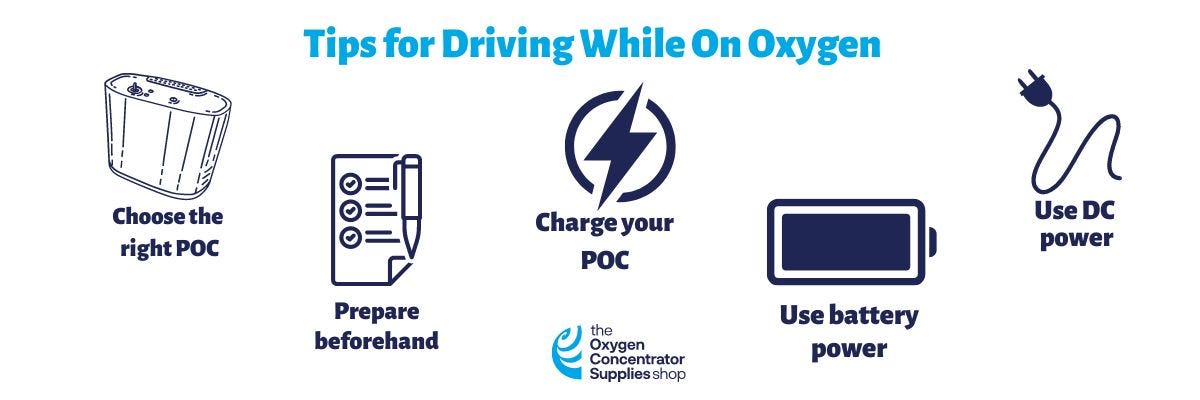
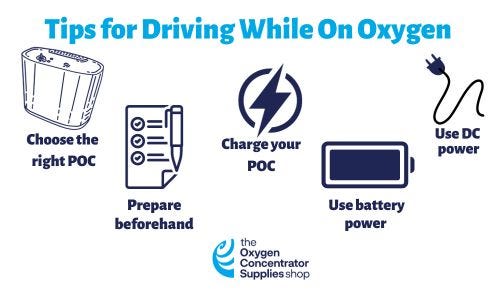
- Choose the right portable oxygen concentrator: If you don't already have a portable oxygen concentrator (POC), make sure you find one that suits your needs. Refer to your prescription what certain features you need.
- Prepare beforehand: Make sure you are properly prepared to drive by making sure your equipment is working correctly, test-running your POC in advance in your car/RV, and test-running it outside of your vehicle.
- Charge the portable oxygen concentrator: Making sure your POC is fully charged will be very beneficial for your road trip. You can either use batteries or plug your device directly into your vehicle's power source.
- Using battery power: If you are planning to use batteries mostly while driving, you need to make sure you have the proper battery power you need for the length of your trip. Make sure your batteries are fully charged.
- Using DC power: POCs use DC power to run while in a vehicle. Some POCs also charge while using the device, but this depends on your oxygen requirements and your car’s power output. Sometimes, when the vehicle doesn’t provide enough power, you’ll need to remove the battery to use the unit with DC power.
Find portable oxygen concentrators at The Oxygen Concentrator Supplies Shop. If you'd like to learn more about any of the information stated above or need assistance choosing the best POC for you, our expert team is here to answer any questions. Give us a call at 888-941-1688 or email us at contact@oxygenconcentratorsupplies.com.



